As we all know, veganism is a dietary trend adopted by many people in recent years. Those following a vegan nutritional model abstain from all kinds of foods deriving from animals, thereby showing their respect for animals and their aversion to their exploitation.
However, the vegan mentality now extends far beyond nutrition to many other life choices, including interior design.
A truly “vegan house” is decoratively and functionally free of anything related to animal cruelty and exploitation. In other words, it is a house where no genuine leather, wool, silk or other animal by-products are used.
main image credit

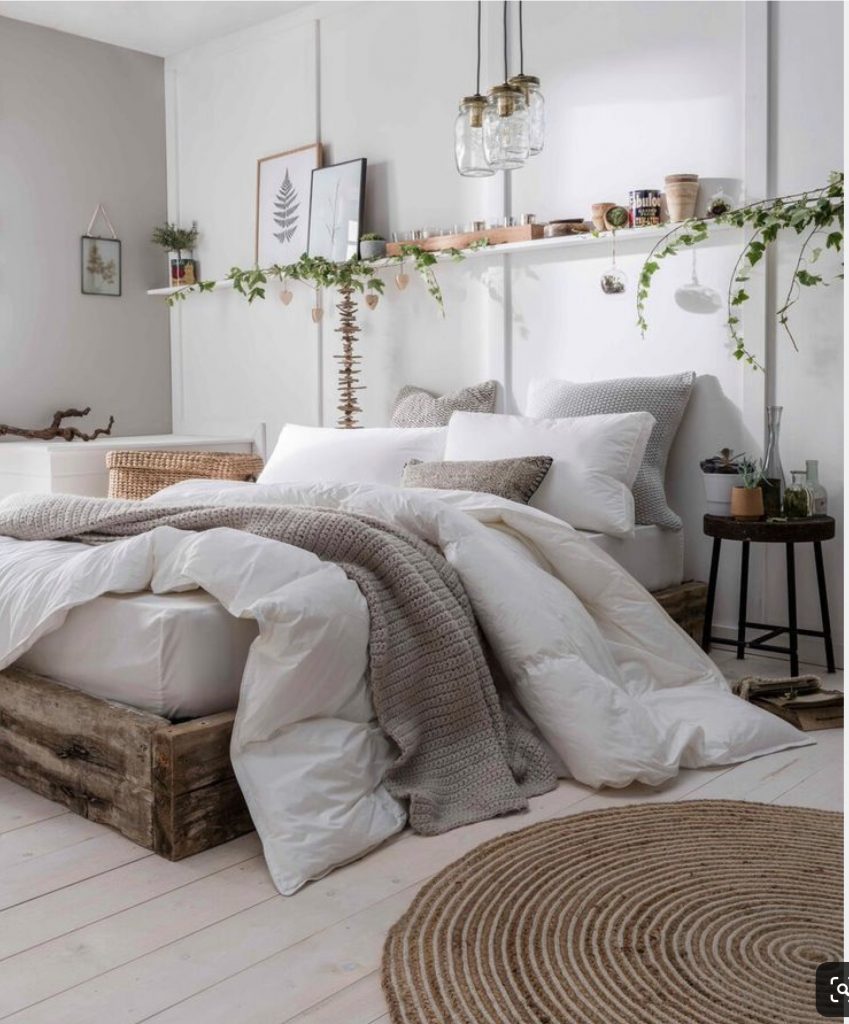
As a result, a new vegan leather market is on a rapid rise.
And what could be more vegan than leather made out of fruits or mushrooms?
It may sound a little strange, but a lot of companies are creating a more sustainable alternative nowadays, offering genuine leather to manufacture various decorative items and pieces of furniture. So, in the near future, we will be able to buy sofas perfectly tailored out of pineapples or mushrooms.


For the time being, the London-based company Piñatex, the Holland-based company Fruitleather Rotterdam as well as the MycoWorks company from San Francisco are processing palm-tree leaves, rotten apples and mushroom mycelium respectively, in order to create leathers that are soft, resilient and waterproof, free of any animal by-products.
By improving the production process, they aim to produce millions of square metres of this material annually, hoping to fully meet the demands of companies dealing in furniture and decorative items.
As more and more consumers are coming to realise the cruelty underlying genuine fur and leather, they feel the need to purchase alternative products, while also maintaining their high aesthetics and quality levels. Consequently, grand designers and famous design houses are gradually making a transition to vegan leather, giving rise to a huge trend for this material in the coming years.
After all, it ought to be recognised that all living creatures have sentiments, so by no means must they be sacrificed or abused for the sake of luxury.


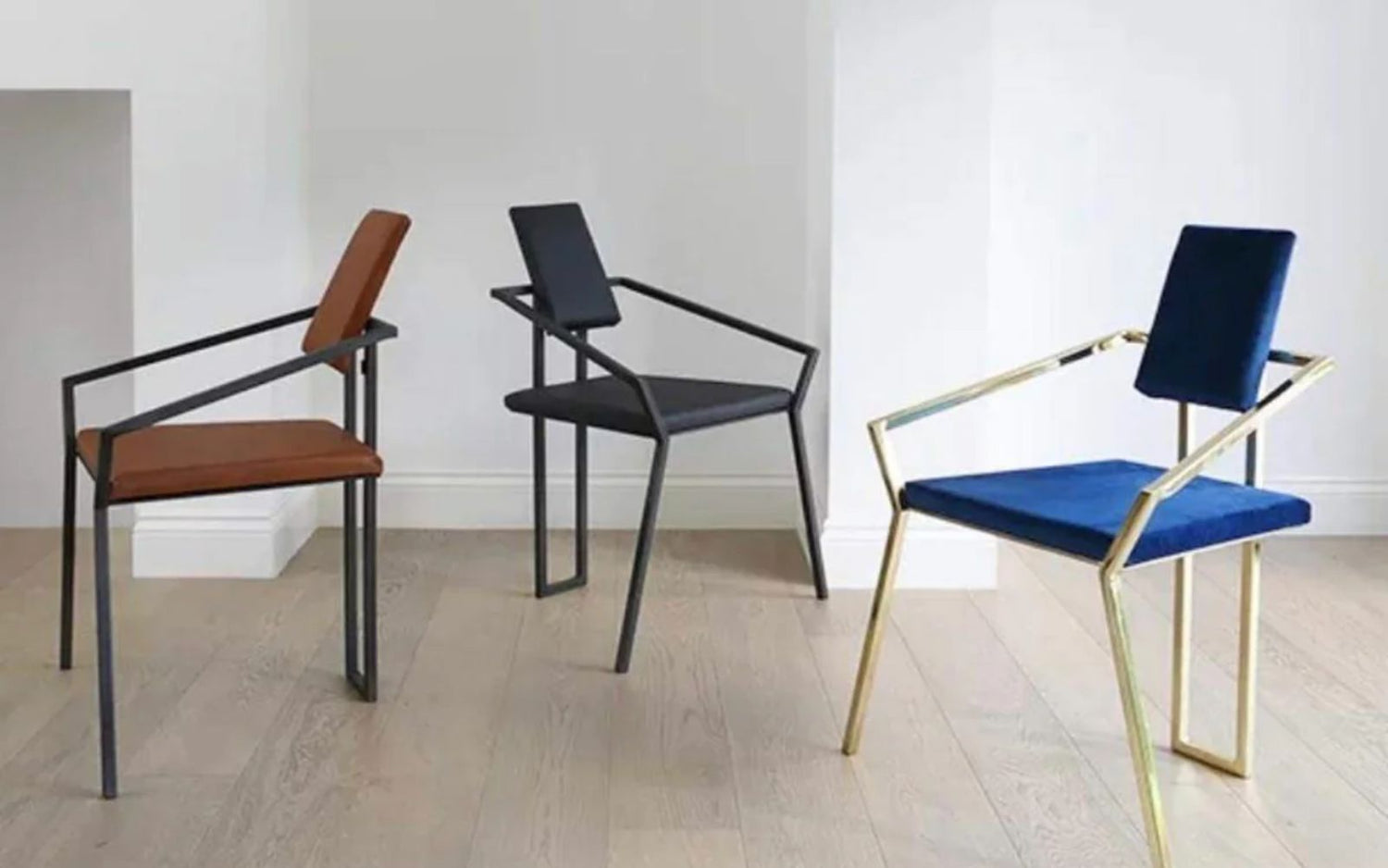
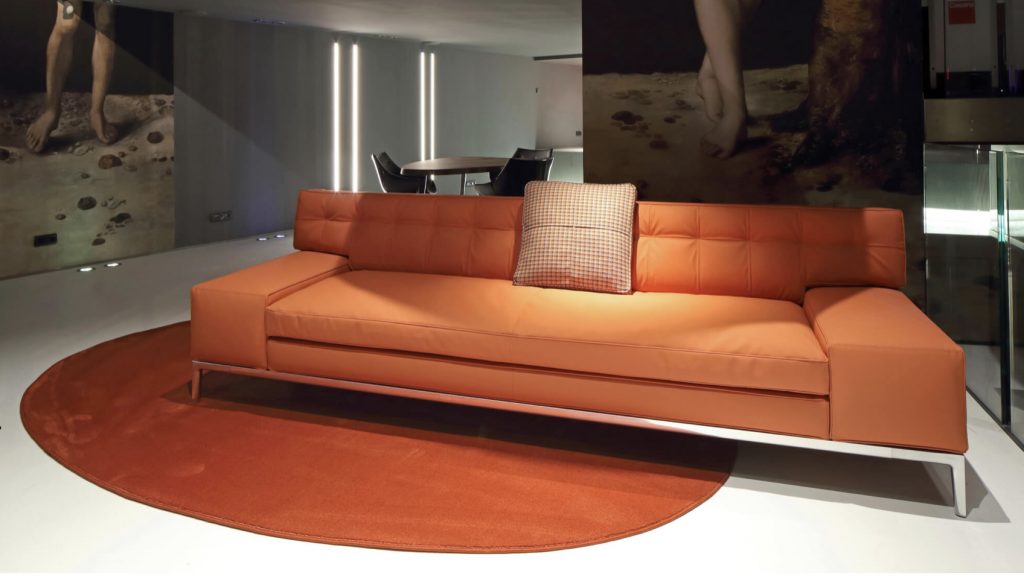


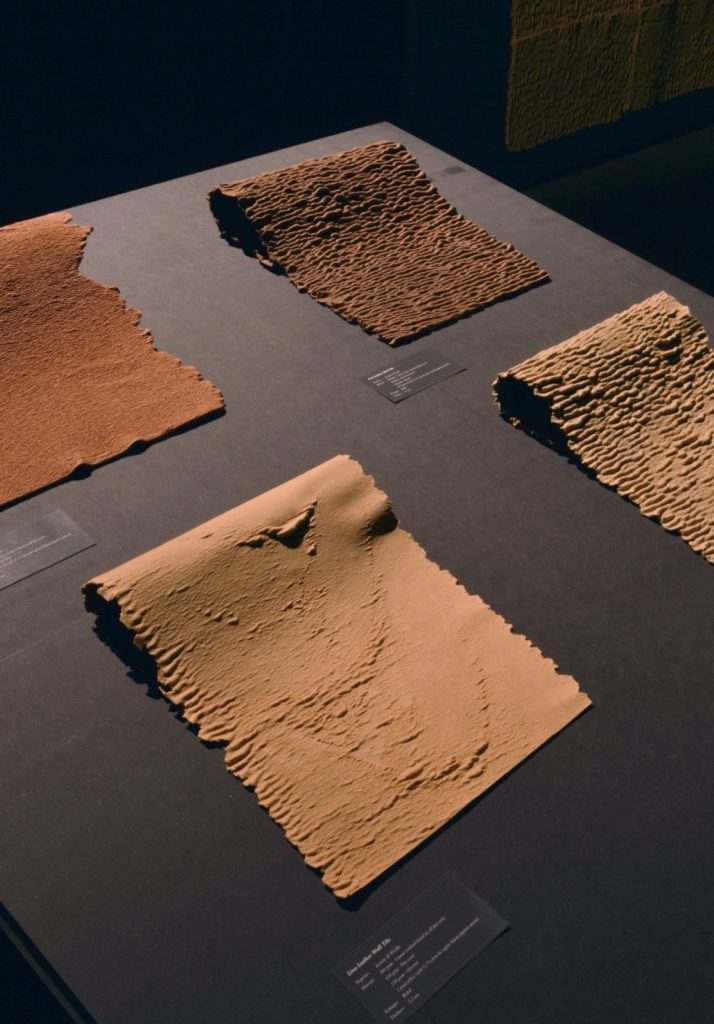
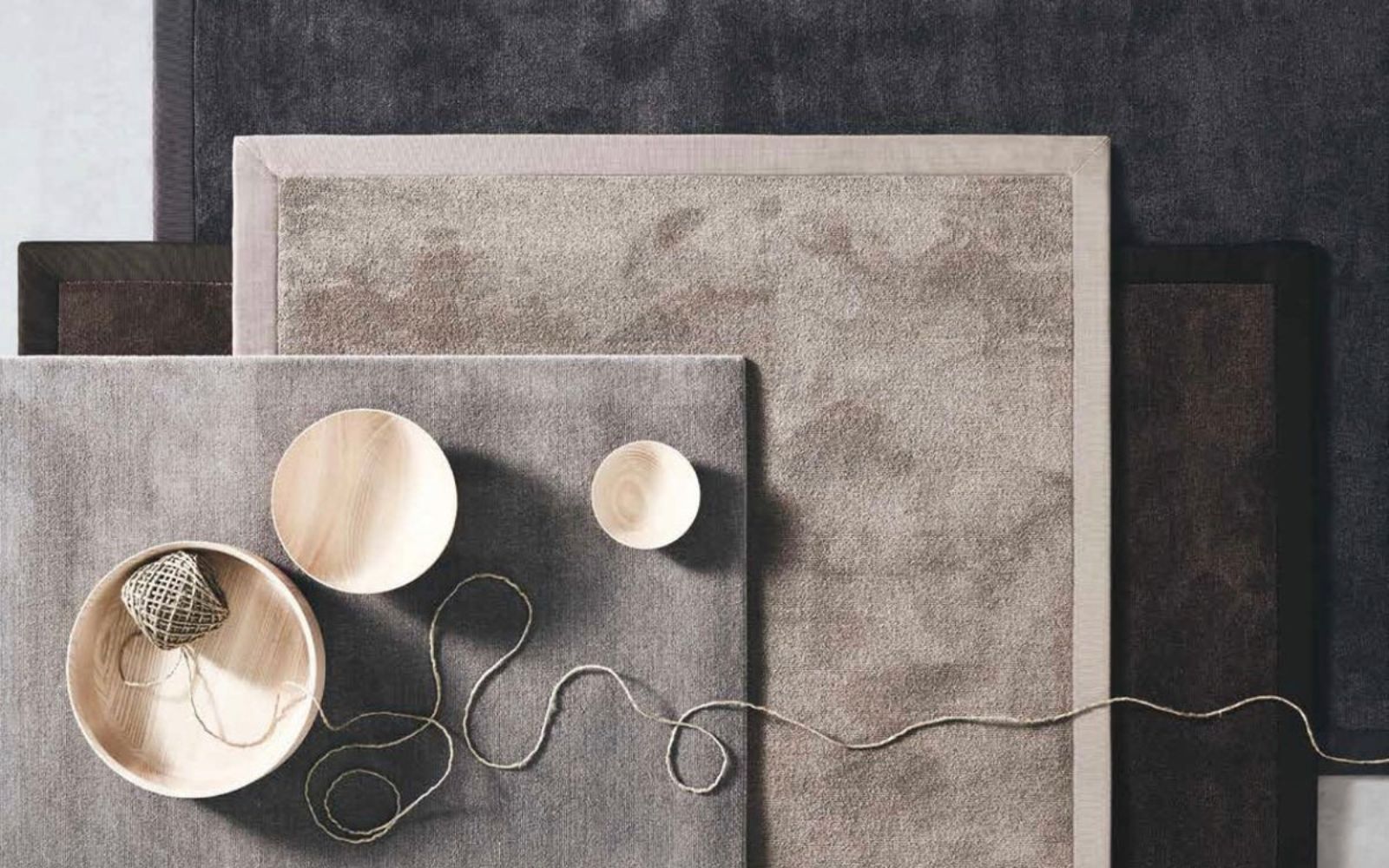
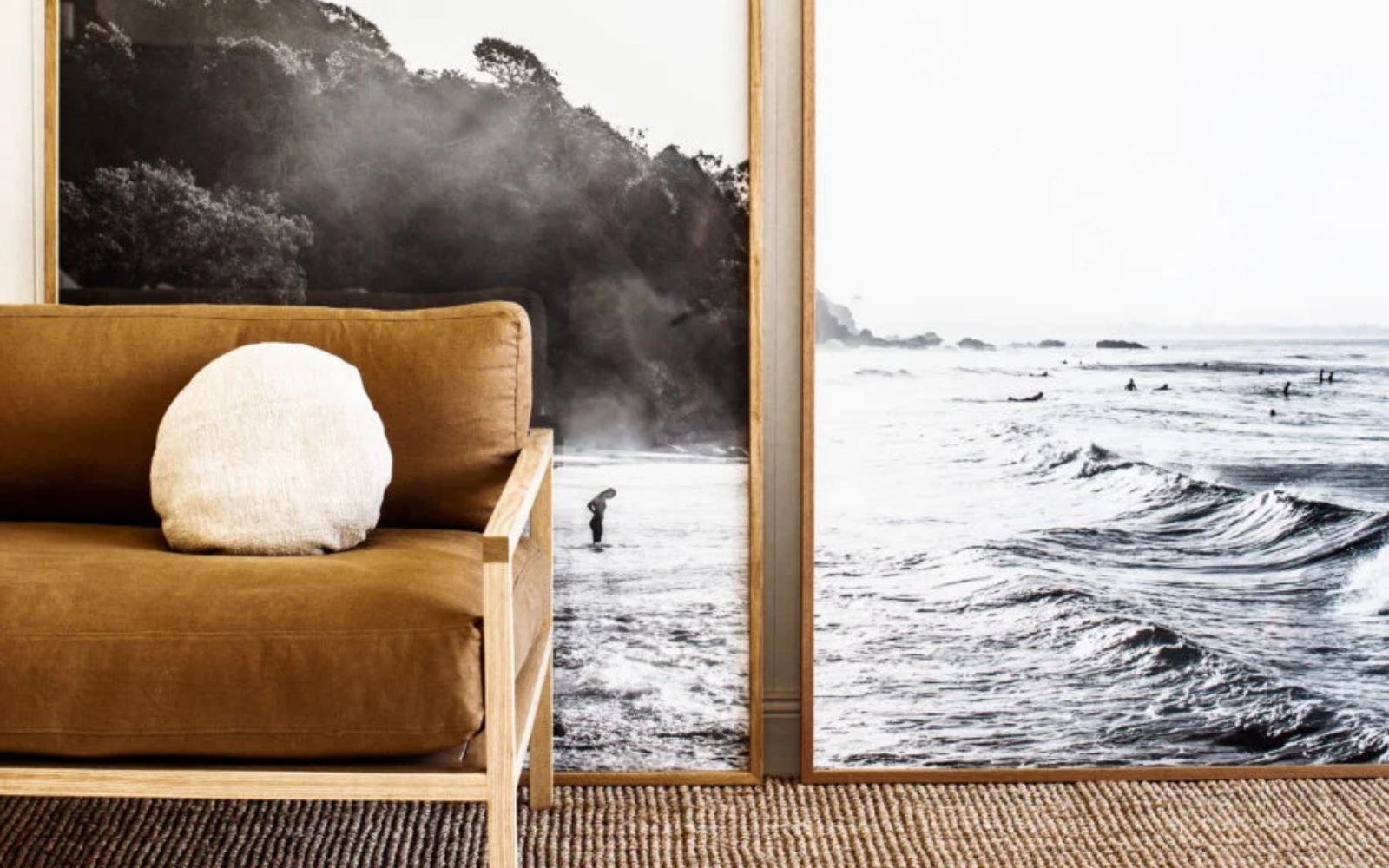




Leave a comment
All comments are moderated before being published.
This site is protected by hCaptcha and the hCaptcha Privacy Policy and Terms of Service apply.